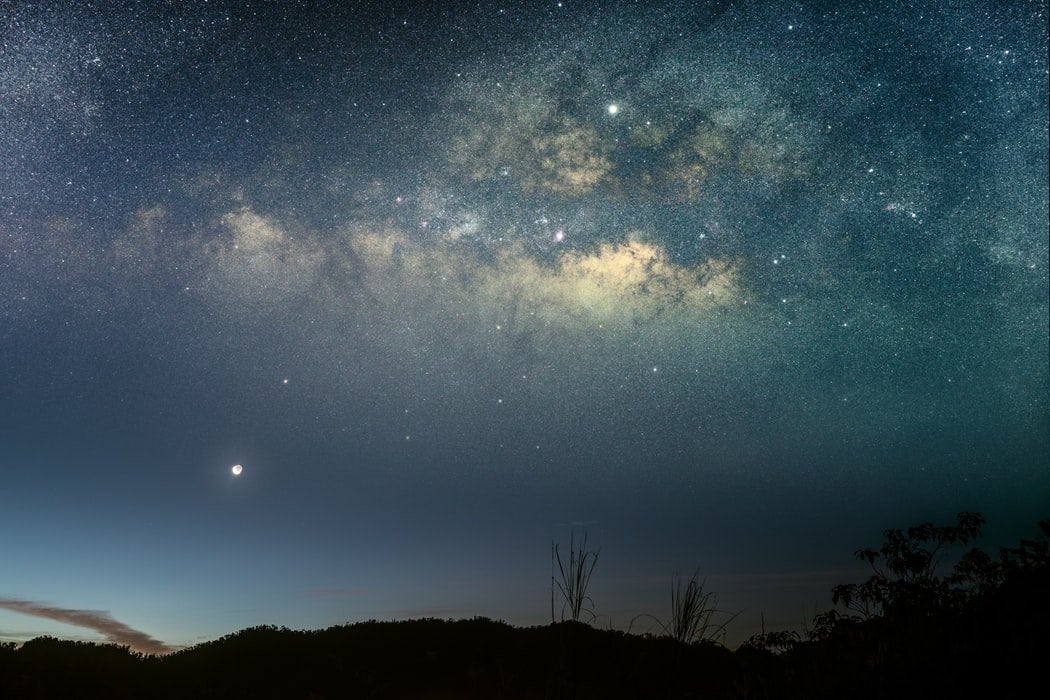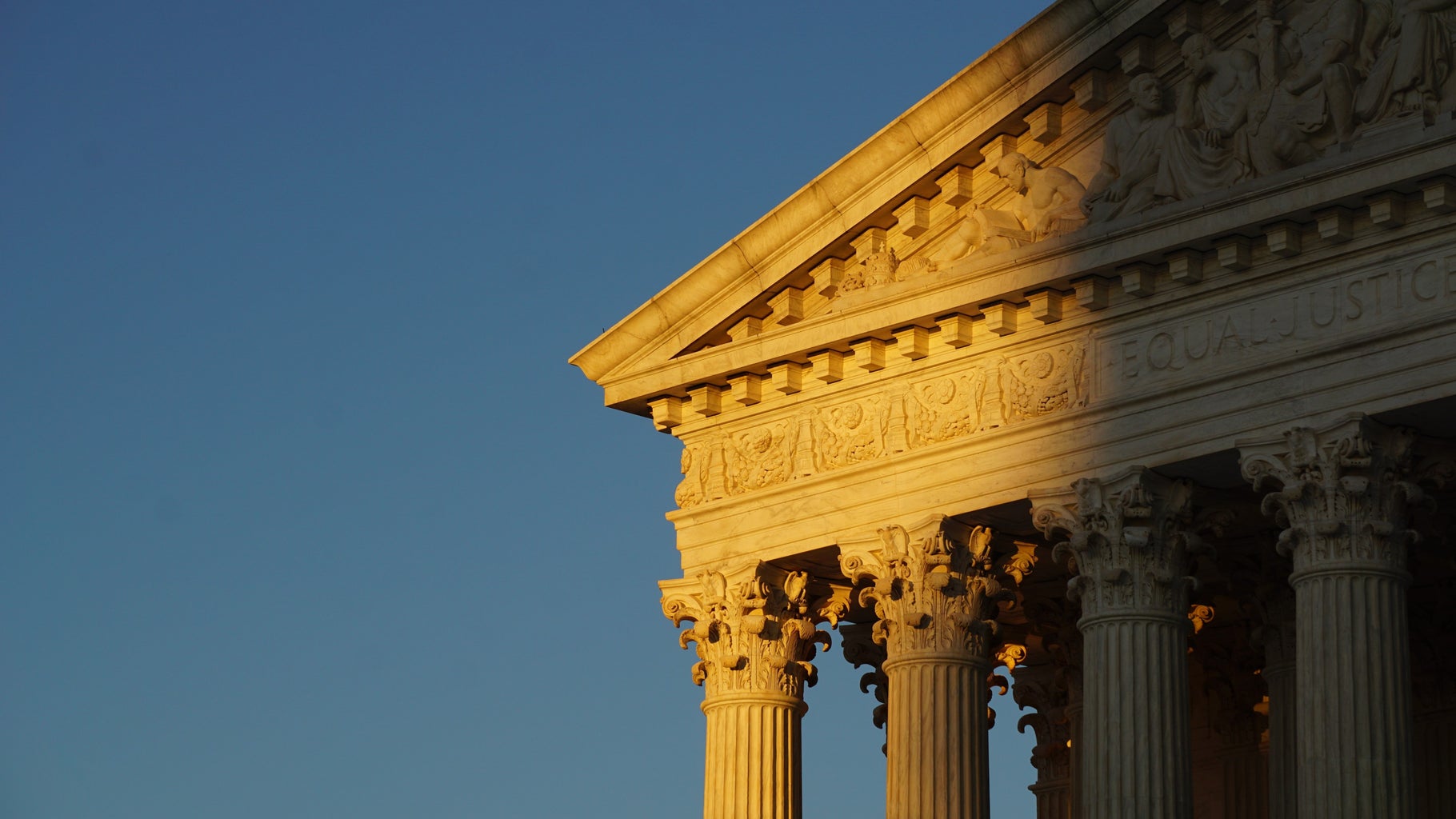The entire month of November is known as Native American Heritage Month, which is dedicated to taking the time to celebrate the diverse traditions, cultures and history of Native American tribes. Native American Heritage Month is also commonly known as Alaska Native Heritage Month.
This is the perfect time to better educate ourselves on the rich cultures that indigenous groups bring to our country. We are taught about some of the most famous Native American individuals such as Squanto, Pocahontas, Black Hawk, Sitting Bull and Sacagawea through the education system. While these individuals were and still are extraordinary individuals that were inspiring and influential to many, so many other brilliant Native Americans do not get the praise for their amazing work. As well as, the obstacles they had to overcome so that future generations could strive for more in the Native American community.
Here are three incredible Native American women that we should never forget in our country’s history:
- Dr. Susan La Flesche Picotte (1886 – 1915)
Dr. Susan La Flesche Picotte was born into and was a member of the Omaha tribe as a child. La Fleche watched as a sick Indian woman died while the local white doctor failed to provide the sick woman with the proper care. This situation would soon be the inspiration that Susan La Fleche needed to become the first Native American Indian woman in the United States to earn a medical degree.
La Flesche’s parents were chief Joseph La Flesche (Iron Eyes) and Mary (One Woman), and they lived in Nebraska. One thing that La Flesche’s father advocated for is that Native Americans should seek out education and friendly relationships with the white settlers. As a result, La Flesche was then sent to the Elizabeth Institute for Young Ladies in New Jersey, of which was the prominent source of her education. At the age of 17, La Flesche then began to teach at Quaker School, which was back home for her on the Omaha Reservation. During that time, La Flesche would make a point to also care for an Ethnolist by the name of Alice Fletcher. It was Fletcher who encouraged La Flesche to go and pursue her medical degree. With that, La Flesche enrolled into Hampton Institue, known for being one of the best higher education schools for non-white students.
During that time, La Flesche came into contact with Martha Waldron, a resident of Hampton Institute. During her time spent with La Flesche, Waldron saw something special in her and recommended that she attend the Women’s Medical College. In 1889 La Flesche graduated at the top of her class after completing only two years in a three-year program. She stayed in Philadelphia to complete her one-year internship and then soon returned home to care for Omahma people in a government boarding school.
In 1994 La Flesche met Henry Picotte, and the couple moved to Bancroft, Nebraska, where La Flesche set up her own private practice and cared for both white and non-white patients.
Finally, in 1913, which was only two years before her passing, La Flesche was able to see her lifelong dream fulfilled when she finally opened her hospital in the town of Walthill. Today, that hospital is used as a museum for all the work that Dr. Susan La Flesche Picotte made in the history of the Omaha tribes and the Winnebago tribes.
- Mary Golda Ross (1908 – 2008)
Mary Golda Ross was born in 1908 and grew up in Park Hill, Okla. Ross strongly believed that all the successes that she had in her life resulted from her Cherokee heritage, and the importance of education in her tribe.
Ross’s great-great-grandfather was Cherokee Chief John Ross, who is known to have led the Cherokee Nation during the Indian Removal era in the 1830s. During that time, thousands of Cherokee people were forced to relocate west towards the Mississippi River, which is Oklahoma today.
At the age of 16, Ross enrolled in the Northeastern State Teacher’s College and graduated with a degree in mathematics. As the Great Depression was happening, Ross worked as a teacher and taught science and math in a rural area in Oklahoma. Additionally, Ross made a point to use her skills to work and advocate for Native Americans. She became the first statistician for the Bureau of Indian Affairs and an advisor for female youth at Santa Fe Indian Boarding School in New Mexico.
During this time in her career, Ross developed an interest and passion for astronomy. As a result, she attended Colorado State College for Education to obtain her Master’s. Once she earned her degree in 1942, Ross joined the Lockheed Aircraft Corporation to work in designing P-38 fighter planes.
Fast-forwarding six years later, during the time of the Space Race, Ross was one of 40 engineers in Lockheed’s Advanced Development Program working on the company’s top-secret think tank. Ross was the only woman and Native American that was a part of this group.
As time went on and the missile program in America continued to develop, Ross became more and more involved in researching and testing the performance of ballistic missiles other than other defense systems. For many years, Ross worked with NASA where she helped write the Planetary Flight Handbook, which NASA would use as the comprehensive guide in space travel.
Ross retired at the age of 65, where she would then deliver lectures to high school girls, college-aged women, and Native American youth to encourage them to pursue technical career paths. Ross passed away in 2008, a few months before her 100th birthday; however, she was able to witness the first Native American Indian astronaut launch into space.
- Winona LaDuke (1959 – Present)
Winona LaDuke was born in Los Angeles, California, on August 18, 1959. Her father, Vincent, also known as White Bird, was an actor, writer and activist. Her mother, Betty, was also an activist, as well as an artist.
When LaDuke was around the age of five years old, her parents divorced, and she ended up living with her mother, who was of Jewish and Russian descent, in Ashland, Oregon. Even though LaDuke lived with her mother, her mother encouraged her to spend time with her father and spend summers living in Native communities to become immersed in her heritage.
After high school, LaDuke pursued her college education at Harvard and graduated in 1982 with a degree in rural economic development. During her time in college, LaDuke began to develop an increasing interest in some of the issues that the Native American community was facing. She spent time working on campaigns to stop uranium mining on Navajo land as well as, testifying before the United Nations about the exploitation that was occurring on Native American land.
After college, she became a principal at the reservation high school at the White Earth Ojibwe reservations; however, she was very much involved in a recent lawsuit filed by the Anishinaabaag people to get back land that was promised them in the 1867 federal treaty. In the end, this lawsuit was dismissed but resulted in LaDuke working towards protecting Native American land.
In 1985, she worked to create and co-chaired what was known as the Indigenous Women’s Network, which essentially was a group of 400 Native women activists that were determined to increase the visibility of Native women and empower them to take on roles in tribal politics. This group also focused on preserving religious practices, cultural practices, indigenous land and natural resources.
In the year 1989, LaDuke wanted to pursue her master’s in community economic development at Antioch University, and in that same year, she created the White Earth Land Recovery Project. In essence, this organization was dedicated to buying back reserved land that non-Native individuals purchased to create sustainable development and bring economic opportunity for the Native American community.
In the years 1996 and 2000, LaDuke acted as Ralph Nadar’s running mate for the Green Party presidential ticket. Following this time, LaDuke received several awards for the work that she had done, along with authoring and co-authoring several books discussing the struggles and issues that the Native American community faces.
In 2014, LaDuke stepped down from her executive director role in the White Earth Land Recovery Project, but to this day she continues to fight on the behalf of Native Americans.




